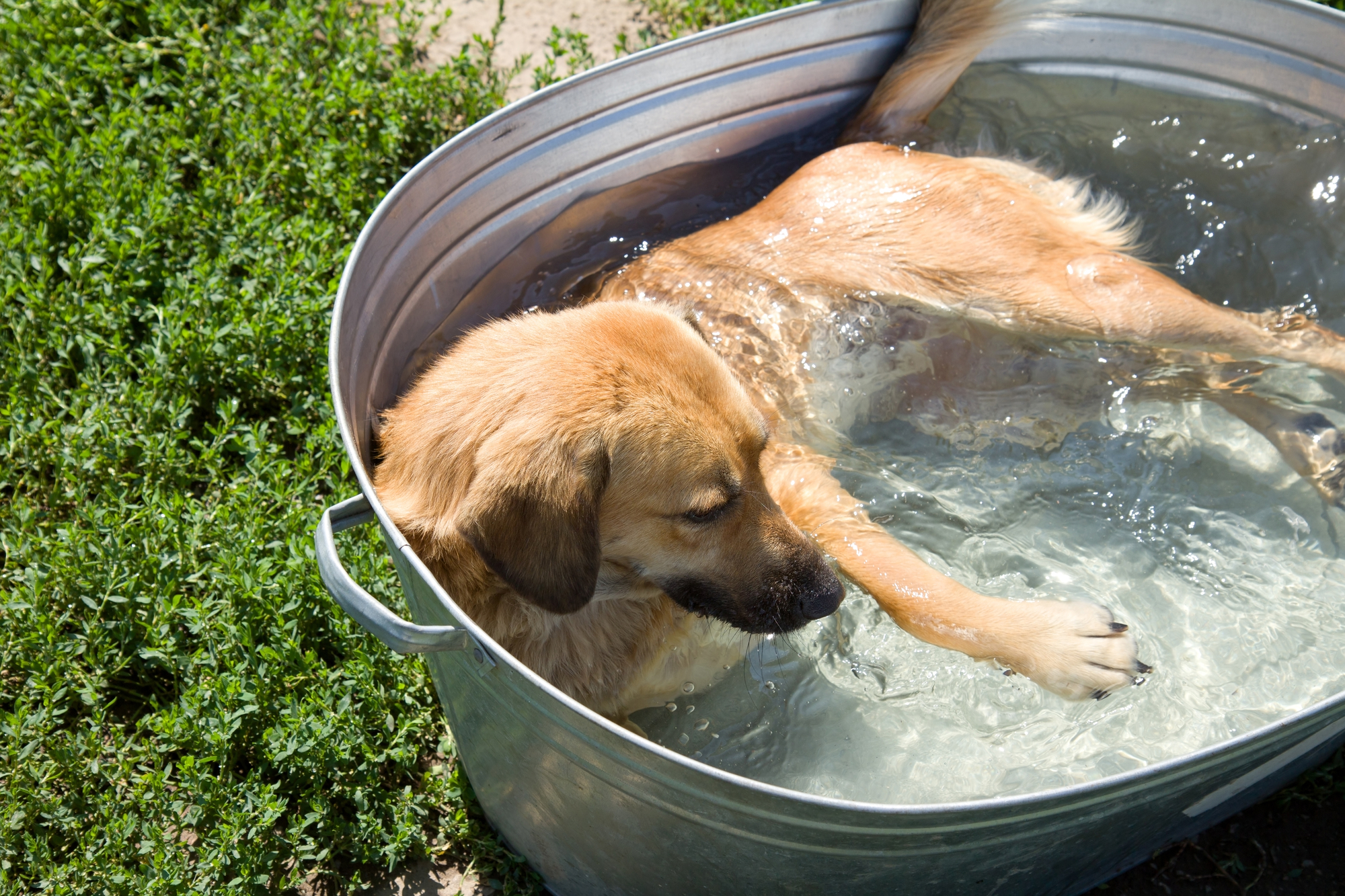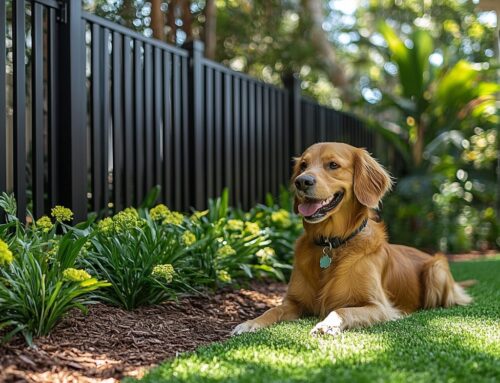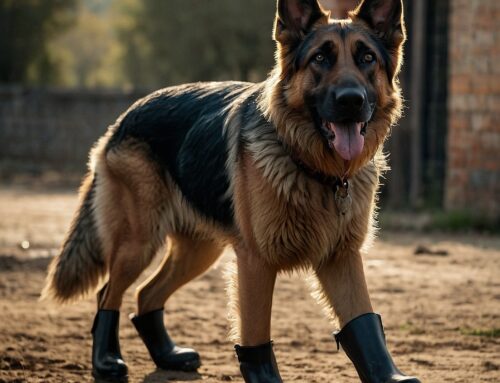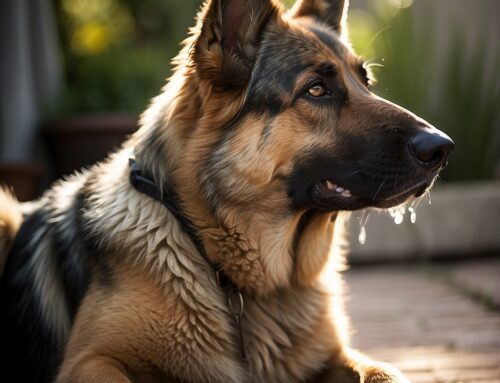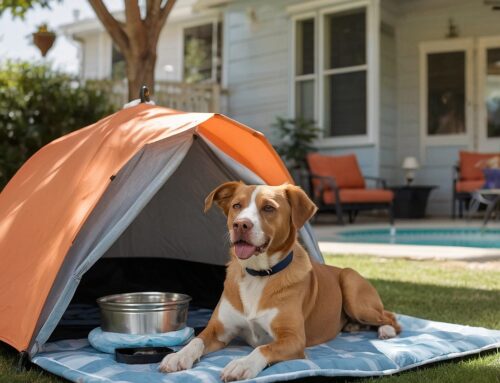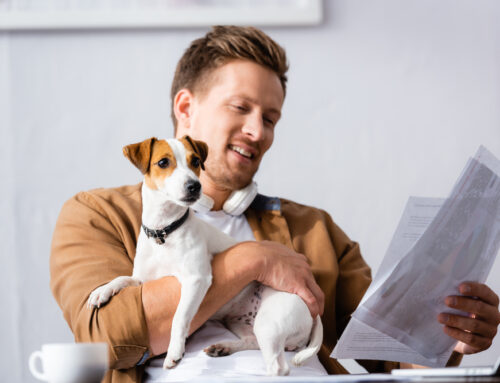Hydrate, hydrate, hydrate: This is a mantra we’ve all come to know as essential to our good health. Do you know it’s a mantra just as important for your dog in hot weather? In fact, what temperature is comfortable for you may be unhealthy for your dog. If your dog is not sufficiently hydrated, he can become seriously ill. Learn the signs that your pup is beginning to suffer and take immediate steps to get him out of the heat and cool him down.
The danger zone of outside temperatures for dogs ranges from 68 to 80 degrees, depending on the breed of the dog, with high humidity lowering the danger threshold considerably. The general rule is that many breeds of small dogs fare better in heat than larger breeds, with exceptions that include:
- Long-haired breeds
- Obese dogs
- Dogs with health conditions such as heart or kidney disease.
Other breeds at significant risk for warm and hot weather include brachycephalic dogs. Some of these breeds include:
- French bulldogs
- American and English bulldogs
- Boxers
- Cavalier King Charles Spaniels
- Shih tzus
- Pugs
- Boston terriers
The reason these dogs are at a greater risk is because they have short snouts, narrow nostrils, and narrow windpipes, which prevents them from being able to pant to cool themselves as effectively as other breeds.
Signs Your Dog is Becoming Overheated
Once again, depending on your dog and its breed, you may see all or some of these signs if he is overheating. These signs include:
- Panting: Dogs pant, but excessive panting means they are overheating. The difference between a dangerous and regular pants is that when on your usual, causal walk, your dog is pants much more heavily than usual.
- Drooling: You’ll notice uncharacteristic drooling from your dog’s mouth.
- Heartbeat changes: A dog who is having trouble in the heat may experience a very fast and irregular heartbeat.
- Breathing fast: Your dog will breathe much faster than normal.
- Lethargy: When walking in heat, you may notice your dog suddenly moves much slower. When inside in hot conditions, your dog may sleep more than normal. He will also lose interest in his normal activities.
- Stumbling: Your dog may experience confusion and begin to stumble.
- Gastrointestinal issues: When overheated, your dog may experience dehydration which leads to gastrointestinal upset.
- Heatstroke: Ultimately, becoming seriously overheated can progress to heatstroke, which is an emergency and life-threatening condition. The symptoms of heatstroke include tremors, severe panting, trouble breathing, and possibly convulsions, which can lead to complete collapse. In addition, his body temperature may be 105 degrees or more.
Symptoms of Dehydration
Dehydration for pups is dangerous, so It’s important to know the signs so you can take immediate action to rehydrate him. There are 3 primary signs to watch for. These include the following:
- Eyes: Sunken in eyes with a dry eye surface.
- Skin test: Called the skin turgor test, gently grab your dog’s skin on the upper body just below his head. If the skin bounces right back, the dog is probably sufficiently hydrated. If, however, the skin remains up or returns very slowly, this may be an indication that your dog is probably severely dehydrated.
- Mouth: Instead of a normal, moist mouth, a dehydrated dog will have a dry or sticky mouth.
How to Treat Overheating and Heatstroke
If your dog shows the signs of overheating or heatstroke, immediate treatment is essential. Here is what to do until you can get him emergency veterinary care.
- Immediately move your dog to a cooler area such as inside your home or out of the sun.
- Pour cool water over him. Do not use cold water as too rapid cooling is dangerous.
- Put a fan on him to further cool and dry him.
- Take his temperature every few minutes and when it reaches 103 degrees you can stop the water and fan treatments.
- Once he has cooled, give him small amounts of cool water to begin rehydrating him. Again, avoid giving him cold or icy water.
- Even though he may be “okay” after your treatment, it’s important to take him to your vet to ensure there has not been any further physical or organ damage.
Keeping Your Dog Cool and Safe in Hot Weather
Your goal is to avoid putting your dog in circumstances where he can become overheated or dehydrated. Do beware of the following dangerous situations.
Car
You may think the temperature outside is fine for you to leave your dog in the car while you do a quick errand, but once it hits 70 degrees, all bets are off. Here’s an example: if it is 85 degrees outside, the temperature inside the car (windows open a bit) will reach 102 degrees in just 10 minutes. Your safest bet is to NEVER leave your dog alone in the car. However, when you do take him with you for a drive, do turn on the air conditioning and make sure the car is nice a cool before you let him in.
Pavement
It may seem pleasant and comfortably warm outside, but the temperature of pavement registers much hotter than the air temperature. For example, if it’s 86 degrees outside, the temperature of asphalt will register 135 degrees. If you want to perform a road test for your pup, place your bare foot on the suspect surface. If it burns you, it will burn your canine friend.
Exercising
Summer is the time for fun and frolic, and there are ways to do so safely with your dog. Consider changing your walk and outdoor play schedule to early mornings or evenings to avoid the heat of the day.
The secret to safe exercising is to make sure you always keep your dog hydrated. Wherever you go, make sure you have a collapsible bowl and some bottled water handy and offer him water frequently.
You can also get creative and make him pupsicles. Some possible, healthy ingredients include bananas, peanut butter, yogurt, chicken broth, bacon, pumpkin, coconut water, coconut milk, honey, and watermelon. You can find many recipes for these yummy concoctions online.
Swimming Pools
Just like with children, you need to keep a careful eye on your dog if you have a swimming pool. Inground pools are especially worrisome, but even small, kiddie pools can be dangerous for your pet. Avoid inflatable kiddie pools because of the likelihood of your pet’s nails ripping through them. Believe it or not, you can buy dog pools, so look around for one of those. However, your best bet may be one of those hard plastic wading pools.
The best strategy to prevent harm to your dog during the “dog days of summer,” is to avoid putting him in a dangerous situation and always give him plenty of water to keep him hydrated.



